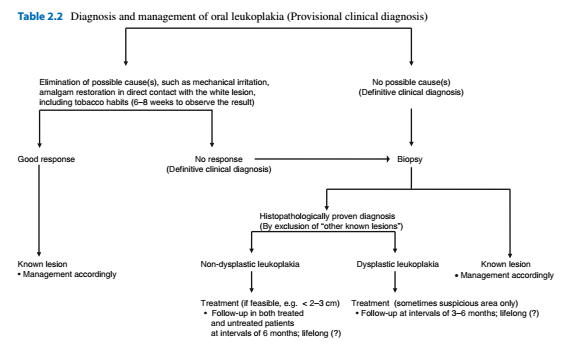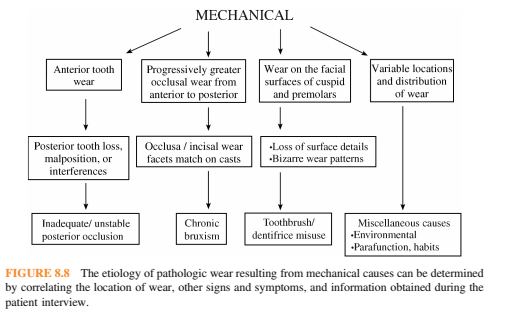Extraction positioning

Patient position Maxillary extractions: Mouth must be the same height as the dentist's shoulder. Angle of the dental chair back and the floor should be around 120 degrees. The occlusal surface of the maxillary teeth should be 45 degrees to the horizontal when the patient's mouth is open. Mandibular extractions: The chair is positioned more upright so the angle of the chair back is 110 degrees. The occlusal surface of the mandible must be parallel to the horizontal when the patient's mouth is open. Dentist positioning Right handed: To the front and right of the patient. For anterior and mandibular teeth the dentist should be in front of the patient or behind them and to the right Left handed: front and left of the patient. For anterior and mandibular teeth the dentist should be behind the patient and to their left.

